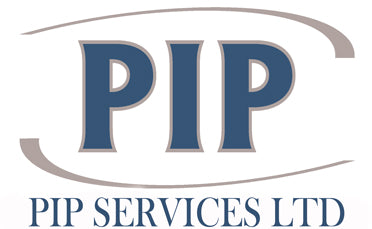What is risk assessment?
Risk assessment is a systematic process that follows hazard identification. Its goal is to identify, evaluate and prioritise potential hazards that could cause harm to individuals, organisations or systems.
At the heart of risk assessment is the principle of minimising the likelihood of harm by implementing control measures. The risk assessment steps include:
- Hazard Identification.
- Risk Analysis.
- Risk Evaluation.
How to Carry Out a Risk Assessment
Below we explore the common components of risk assessment to give you a better understanding of how the process works.
Hazard Identification
Fundamental to risk assessment is hazard identification. Potential sources of harm must be recognised – this means things that could cause injury, illness or damage. Generally speaking, the types of hazards to look for can be:
- Physical.
- Chemical.
- Biological.
- Ergonomic.
- Psychological.
You can learn more about hazard identification in our informative article Health and Safety Hazards Identification Explained.
Risk Analysis
There are two broad components to risk analysis:
- Assessing the probability of an event occurring.
- Evaluating the severity of the harm it could do.
This analysis helps gain a better understanding of the risk itself and its potential impact.
Assessing Probability
Probability assessments estimate how likely a certain hazard is to lead to actual harm. You can do this through qualitative or quantitative measures:
- Qualitative: This involves expert judgment, often expressed in descriptive terms like “possible” or “likely”.
- Quantitative: Numerical values are used to determine probabilities, often by using statistical models or historical data.
Impact Evaluations
This is the process of assessing the severity of the potential harm from identified hazards. This can range from minor inconveniences or injuries to catastrophic events that might lead to loss of life. As with probability assessments, these evaluations can be qualitative or quantitative:
- Qualitative: These often use descriptive terms like “minor” or “catastrophic”
- Quantitative: These use numerical values for potential impacts, often based on financial cost or the extent of the harm.
Risk Matrices
These are tools we can use to combine probability and impact evaluations so that the overall risk level is determined. Typically, a risk matrix is expressed as a grid, with ‘Likelihood’ on one axis and ‘Severity’ on the other. The intersecting cell identifies the overall level of risk – you could categorise this as low, medium or high.
Here is an example:
|
Severity: Minor |
Severity: Moderate |
Severity: Severe |
Severity: Catastrophic |
|
|
Likelihood: Unlikely |
Low |
Low |
Medium |
Medium |
|
Likelihood: Possible |
Low |
Medium |
High |
High |
|
Likelihood: Likely |
Medium |
High |
High |
Very high |
Risk Evaluation
In risk evaluation, we compare the results of the risk analysis against predefined criteria to evaluate the acceptability of each risk. This helps create a hierarchy of the existing risks to prioritise for control measures.
Here are the three steps to this process:
- Compare your evaluated risk level against acceptable risk criteria.
- Prioritise existing risks based on their threat level and potential impact.
- Determine which risks are unacceptable and determine controls to mitigate them.
Control Measures
Once you have evaluated risks, you will need to implement proportional control measures to reduce the likelihood and severity of harm. General types of control measures include:
- Elimination: Complete removal of the hazard.
- Substitution: Replacing the hazard with a less dangerous alternative.
- Engineering Controls: Isolating the hazard from people.
- Administrative Controls: Changing practices and procedures to mitigate risk.
- Personal Protective Equipment: Using PPE to protect people from hazards.
Why choose PIP Services for your health and safety consultancy?
We’re dedicated to providing the highest level of advice on all Health and Safety related matters and will assist companies in meeting their obligations. We offer a wide range of Health & Safety Services for a variety of clients. We represent many companies and deal with all of their Health & Safety matters.
We’re also an accredited CITB, NEBOSH, IOSH, IWFM & CITB training provider, as well as a ProQual-approved NVQ centre.
We also offer a business partnership programme offering a NVQ Level 6 Diploma in Occupational Health & Safety & NEBOSH General Certificate to help you become a health and safety consultant.
We are rated 4.9/5 on Trustpilot, and you can read our reviews here. If you would like to speak to us about your training needs, please get in touch using the button below.

